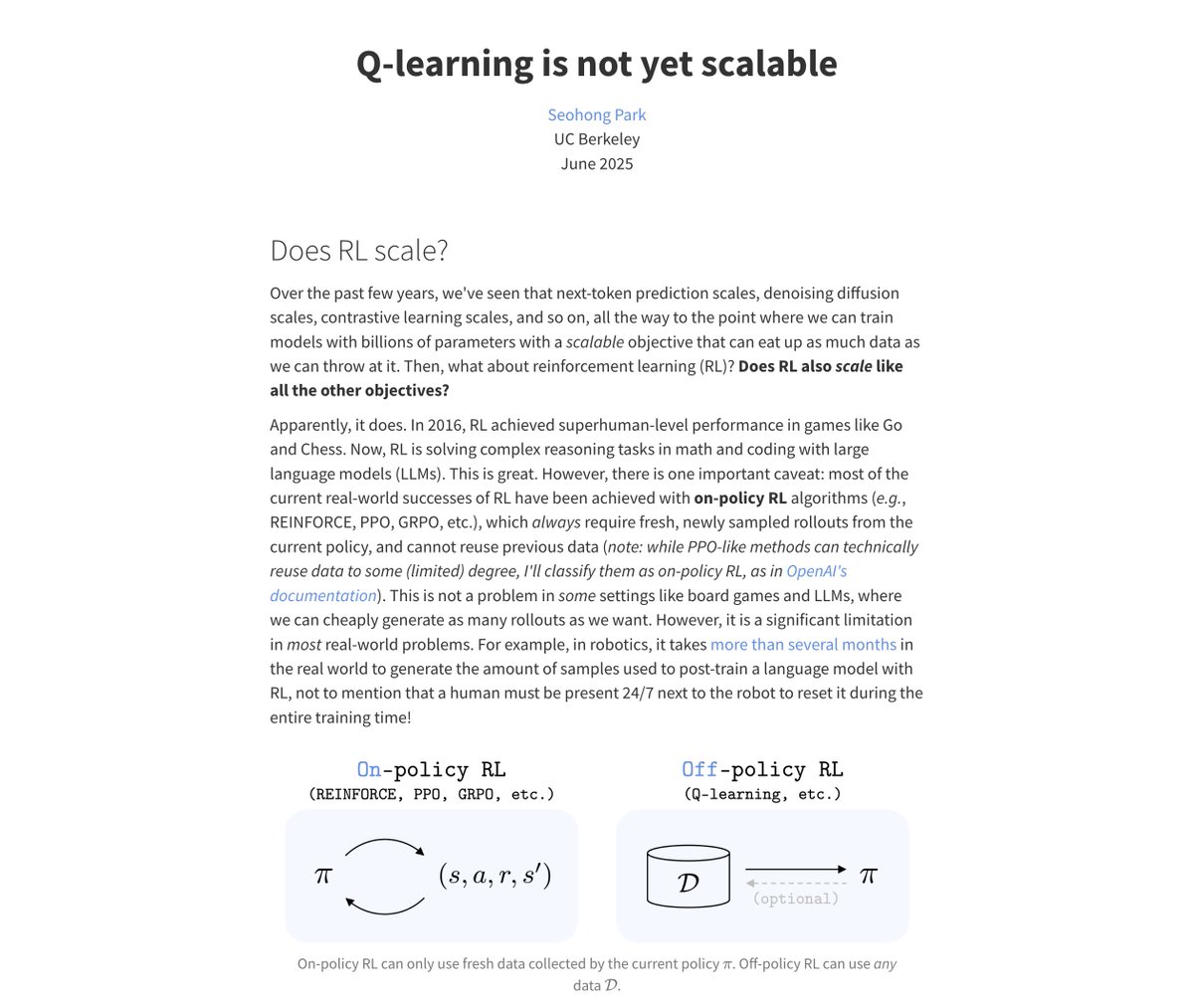
Chongyi Zheng
@chongyiz1
PhD student @ Princeton working on RL.
ID: 1468793850139639809
https://chongyi-zheng.github.io/ 09-12-2021 04:05:23
48 Tweet
169 Followers
129 Following










What makes RL hard is the _time_ axis⏳, so let's pre-train RL policies to learn about _time_! Same intuition as successor representations 🧠, but made scalable with modern GenAI models 🚀. Excited to share new work led by Chongyi Zheng, together with Seohong Park and Sergey Levine!








